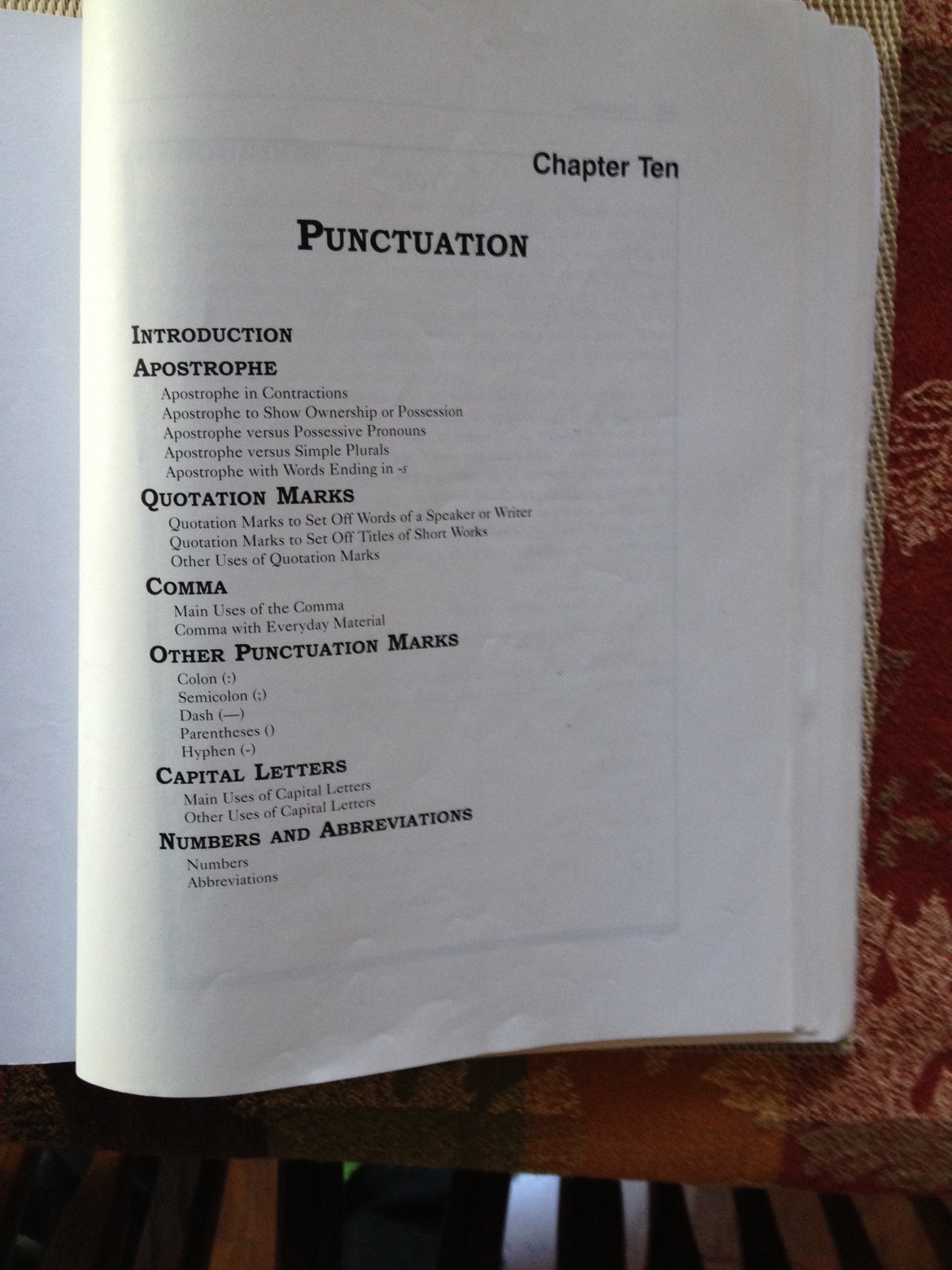
In Praise of Punctuation

In Praise of Punctuation
By: claycormany in Books
Several years ago, I served on a committee that was charged with revising the basic composition textbook used by Columbus State’s English Department. The committee consisted of 10-12 English faculty members, both full-time and adjunct. All were excellent writers. Many of them, besides teaching, had their work published. When it came time to revise the chapter on punctuation, the committee chair asked for volunteers. My hand went up. I looked around the room, expecting to see other hands in the air. There weren’t any. Even in a room full of English teachers, I was the only one eager to take on the challenge of restructuring the text’s chapter on punctuation. *
Maybe I’m a rare bird, but I like punctuation and find it essential for communicating ideas and images. I’m aware that a sentence, when punctuated differently, can take on a whole new meaning. Consider this example:
Stay out of the pond. No swimming is allowed here.
Stay out of the pond? No, swimming is allowed here.
For me, punctuation’s main use isn’t changing the meaning of sentences. More often, I see commas, semicolons, dashes, and periods as guideposts that lead readers in the direction I want them to go. They allow me to add emphasis, insert facts, or make readers think about something before continuing with the rest of the piece. My two favorite punctuation marks are the dash (–) and the semicolon (;).
The dash allows the writer to put a key word or words into the spotlight without starting a new sentence. For me, it’s a flashing light, a red flag that lets my readers know I want them to focus on and think about the words that follow the dash. Consider this passage: The condemned prisoner hoped for a last-minute reprieve that would spare him from his fate. Then the pardon from the governor finally arrived — too late. Those two words after the dash make it unnecessary to disclose whether the prisoner was executed or not. The reader already knows. A dash also lets a writer insert important information in the midst of a sentence that deals with a different topic. For example: Mozart — recognized as a genius in childhood — composed some of the world’s most-beautiful operas and symphonies. The sentence is about Mozart’s creation of great music, but the dashes make it possible for an interesting fact about his childhood to be added. Thus, the dash can be a tool that empowers the writer to give a sentence more meaning or extra punch.
For its part, the semicolon allows a writer to string ideas together without creating run-on sentences. For example: Some students find that living in a dormitory gives them more independence; others prefer the comfort and security of their own home. Not only does the semicolon prevent a run-on sentence, it gives the two independent clauses equal weight. One is not more important than the other. Semicolons have additional use in quickening the pace of a story. For example: John rushed through the door; he knocked over a chair and crashed into the cabinet. While a period could be used after “door,” the semicolon gives a stronger impression of uninterrupted action.
All punctuation marks have their use and can make it easier for a writer to write and a reader to read. Some punctuation rules are a bit complex — that’s true of the comma — but they are worth learning; the writer who understands them can do so much more.
* Other committee members did eventually assist me.
Tags: dash, punctuation, semicolon
